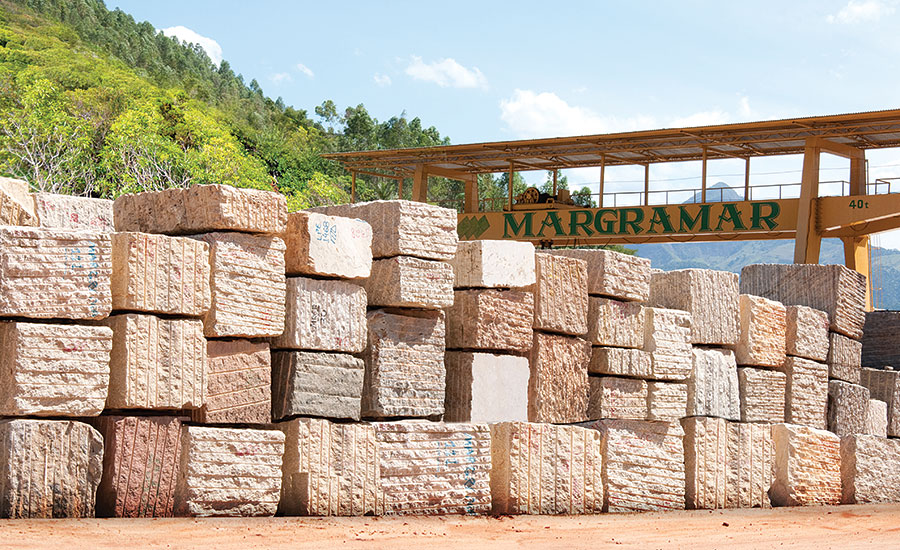Granite Quarries in South Africa Wonders: Discovering the Quarry Landscape
Granite Quarries in South Africa Wonders: Discovering the Quarry Landscape
Blog Article
Introducing the Mysteries of Granite Quarrying: Where Strength and Sophistication Meet
The world of granite quarrying is a world where the raw strength of nature assembles with human virtuosity to produce frameworks that stand the test of time with an air of style. From the depths of quarries to the meticulous polishing in workshops, the procedure of changing granite right into building marvels is an intricate dancing of practice and technology. As we peer right into the depths of this ancient craft, we begin to uncover the hidden details that shape the very essence of our developed setting.
The Beginnings of Granite Quarrying
In the annals of architectural history, the origins of granite quarrying are shrouded in a tapestry of ancient craftsmanship and geological marvels. Going back to ancient Egypt and Mesopotamia, the extraction of granite from quarries noted the beginning of a trip that would at some point lead to the development of a few of the world's most iconic frameworks.
Granite quarrying's roots can be mapped to the experienced craftsmens that identified the rock's sturdiness and aesthetic allure. Through a mix of primitive devices and large resolution, these very early quarry employees discovered granite blocks that would become the structure blocks of human beings.
As people evolved, so did the methods of quarrying granite. The Romans, renowned for their design prowess, created sophisticated methods for drawing out granite to construct monoliths, holy places, and roadways that stood the examination of time.
The tradition of these old quarrying practices proceeds to shape modern-day architecture, with granite continuing to be an icon of stamina and beauty in building and construction jobs around the world. (granite quarries in south africa)
Devices of the Quarrying Trade
The development of granite quarrying strategies from ancient worlds to modern times highlights the crucial duty played by the tools of the quarrying profession in shaping the sector's techniques. In old times, quarrying devices were basic, typically containing chisels, hammers, and wedges made from products like bronze or iron. These devices called for substantial manpower and time to essence granite obstructs from quarries.

Furthermore, the introduction of pneumatically-driven devices and high-powered equipment has actually substantially minimized the physical labor required in quarrying operations, boosting employee safety and security and efficiency. As the quarrying sector remains to innovate, the tools of the trade continue to be at the leading edge of driving progression and shaping the future of granite removal.
Extracting Blocks of Granite
Utilizing precision machinery and progressed methods, the extraction of granite blocks from quarries has actually ended up being an innovative procedure in the contemporary quarrying sector. Controlled blasting strategies are then utilized to break apart the granite right into convenient areas.

Sprucing Up and Finishing Methods
To achieve a remarkable surface on granite blocks, experienced craftsmens use a collection of meticulous polishing and ending up techniques. After the initial removal and forming processes, the granite blocks undergo a complete sprucing up phase to improve their all-natural beauty and sturdiness.
In enhancement to sprucing up, completing strategies are used to more refine the granite's look. By carefully selecting and applying these polishing and ending up methods, artisans can transform raw granite blocks into charming pieces that display both stamina and elegance.

Ecological Influence and Sustainability
With the expanding emphasis on ecological awareness in the sector, granite quarrying methods are increasingly inspected for their effect on natural resources and long-term sustainability. Additionally, the more tips here transport of granite from quarries to processing centers produces carbon emissions, even more adding to environmental destruction.
To minimize these impacts and ensure sustainability in granite Recommended Reading quarrying, sector stakeholders are taking on various actions. Applying innovative technologies to lower power usage and water usage, redeeming quarried land for ecological reconstruction, and advertising responsible sourcing practices are some approaches being used. Accreditations such as the Forest Stewardship Council (FSC) and the Leadership in Energy and Environmental Layout (LEED) help customers determine environmentally friendly granite products.
Conclusion
In final thought, granite quarrying is a process that needs specialized devices and methods to essence blocks of granite and polish them to a high level of surface. While the environmental impact of quarrying can be substantial, efforts are being made to enhance sustainability techniques in the market. Overall, granite top article quarrying is a fragile equilibrium in between taking advantage of the toughness and beauty of this all-natural stone while minimizing its effect on the atmosphere.
Report this page